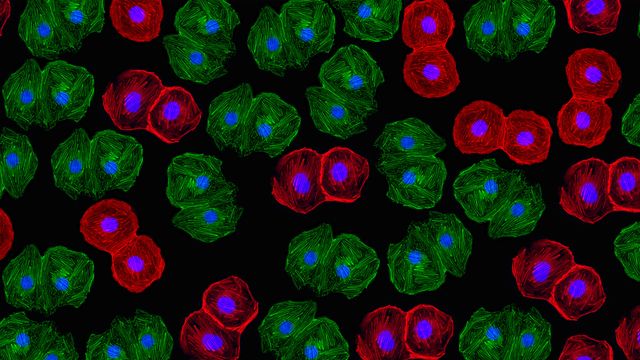Integrating Mitochondrial Toxicity Screening Into Early Drug Discovery
Mitochondria are often dubbed the “powerhouse of the cell”, playing a critical role in maintaining cellular health. However, new chemical entities can disrupt mitochondrial function and result in target organ toxicity.
A range of in vitro assays can determine mitochondrial integrity and function early in the drug discovery process, allowing the identification and development of safer, more effective compounds.
In this Teach Me in 10 episode, Julie Eakins, Principal Scientist at Cyprotex, discusses the importance of integrating mitochondrial toxicity screening into early drug discovery and the range of techniques available to achieve this.
Watch this episode to understand:
- How early mitochondrial toxicity screening improves drug safety
- Key in vitro assays for assessing mitochondrial function
- Methods to reduce organ toxicity risks in drug development
- Further resources:
A Combined in vitro Approach to Improve the Prediction of Mitochondrial Toxicants (Eakins et al., 2016) - An Introduction to Mitochondrial Toxicity -Learn more about the significance of mitochondrial toxicity in drug discovery.
- Mitochondrial Glu/Gal Toxicity - Glu/Gal assay detects mitochondrial toxicity by comparing drug effects on cells grown in glucose versus galactose media, revealing mitochondrial impairment through increased toxicity in galactose conditions.








